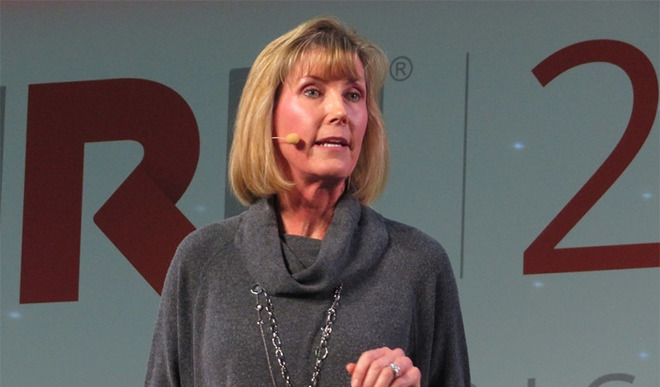The distributed ledger technology is often considered rival of traditional financial systems of bank-to-bank communication.
However, large banks have not so far shown any impatience to move to blockchain systems, despite having conducted research in this field. Will the blockchain be able to replace the most popular system of bank-to-bank communication? This question has not yet been answered. The demand for bank-to-bank interaction, whether money transfers or securities, is rapidly growing. According to the internal statistics of SWIFT, the traffic in the system has showed consistent growth over several last years and increased 12% since the beginning of 2018. In May 2018, SWIFT handled some 32.34 million financial messages daily, including over 15.5 million money transfers.
According to the experts of Santander Bank, the use of the distributed ledger technology would allow banks to save up to $20 billion yearly. The average cost of one payment is between $1,50 and $25 in the case of a US dollar transfer or between €3 and €50 if Euros are transferred. The totality of fees may consume up to 7% of the amount of payment. The implementation of the blockchain could also help solve a number of safety issues; over the last years, SWIFT has been hacked more than once. One of the most famous hacker attacks against SWIFT took place in 2016 when $101 million was stolen from the Central Bank of Bangladesh; according to the US special services, the attack was perpetrated by the North Korean hackers.
However, despite this threat, not one large bank has moved to a blockchain system of bank transfers. The fact is financial organisations are afraid of a new and untested technology. Besides, they already have well-established communication channels and elaborate infrastructure, even if it is vulnerable to hacker attacks and not economically perfect.
The blockchain platform Feniks.Finance allows to combine the best qualities of the distributed ledger technology with the already existing infrastructure of the financial market. The main idea of the project is that cooperation and synergy rather than rivalry will promote the introduction of the blockchain to the banking field. At the same time, the platform enables communication with various non-decentralised banking systems and would not be seen by them as something alien.
Taking into consideration the field of activity of Feniks.Finance, a special attention is given to the respect of regulations directed against money laundering. All the participants of the platform duly undergo the standard KYC (Know Your Customer) procedure.
Feniks.Finance enables up to 50,000 transactions per second, which is comparable with the combined bandwidth of VISA and SWIFT. As of today, it is the fastest blockchain in the world!
At the initial phase of its development, the platform will support the transfer of financial messages such as money transfers, their acceptance or rejection and free format messages without core commitments. At the second stage, the participants of the platform will be able to transfer letters of credit and bank securities, and on its final stage, Feniks.Finance will enable all the banking operations described in the ICC Uniform Customs and Practice for Documentary Credits. The banks that will join the platform would not need to substantially adapt their infrastructure to a new blockchain system because Feniks.Finance uses the entire semantics, functionality and most of the interface of the SWIFT system, already familiar to the banks.
The participants of the system will use the internal token of the platform, Feniks, in order to exchange financial messages. The initial number of tokens in circulation is limited to 100 billion Feniks. Half of them – 50 billion tokens – will be distributed through a crowdsale, whose proceeds will be used for the elaboration, development, scaling and marketing promotion of the project. The initial price of the token is 1 million Feniks = 1 ETH, but early investors will be given special reductions. After the end of the crowdsale and the connection of banks to the system, the demand for tokens will grow and their price can increase thousands of times.
The founders of the Feniks.Finance project are professionals with an experience of work in IT industry and banking. Its CEO, Aleksandrs Razvadovskis, previously managed the assets in the American foundation Ancola Energy and in the Latvian foundation Capital Power Trading. Stefan Drakelin, Leading Product Development Manager, has several decades of experience working with venture companies in the UK, and George Katsia, Chief Operating Officer, participated in the global expansion of the IT technology company Delta Systems, that took only 10 years to grow from a startup into a large player of the world market of automated banking solutions. Another person who takes part in the project is Alan Boyd, a veteran employee of Microsoft, acting as advisor to Feniks.Finance.
The Feniks.Finance project may become a new locomotive of the cryptocurrency market, embodying Satoshi Nakamoto’s ideas on speed of transactions, their low cost, their availability for both banks and private persons, and preserving the bank secrecy.
The future is very close!











